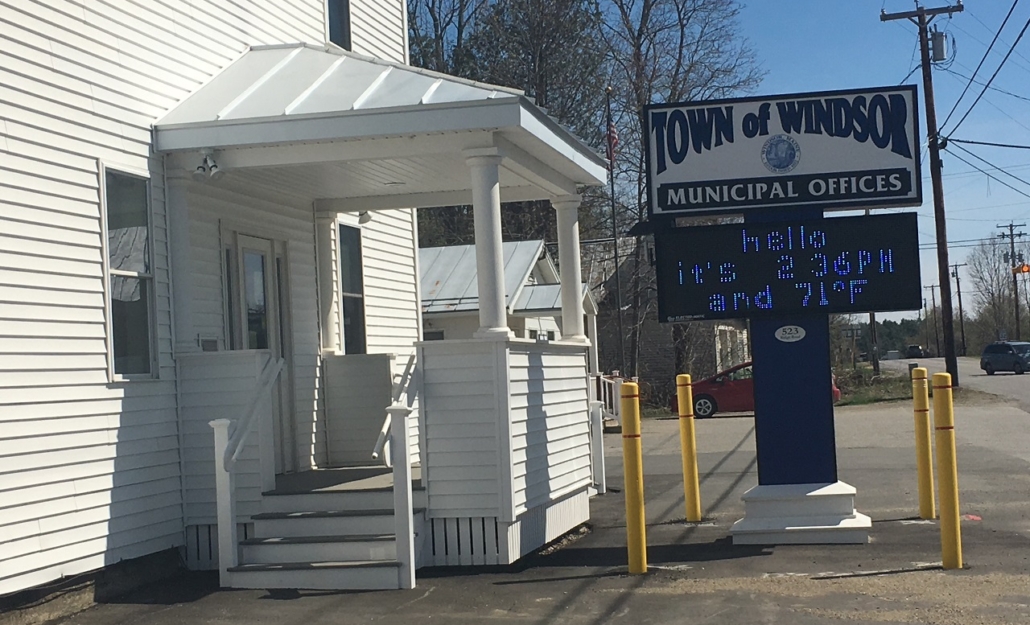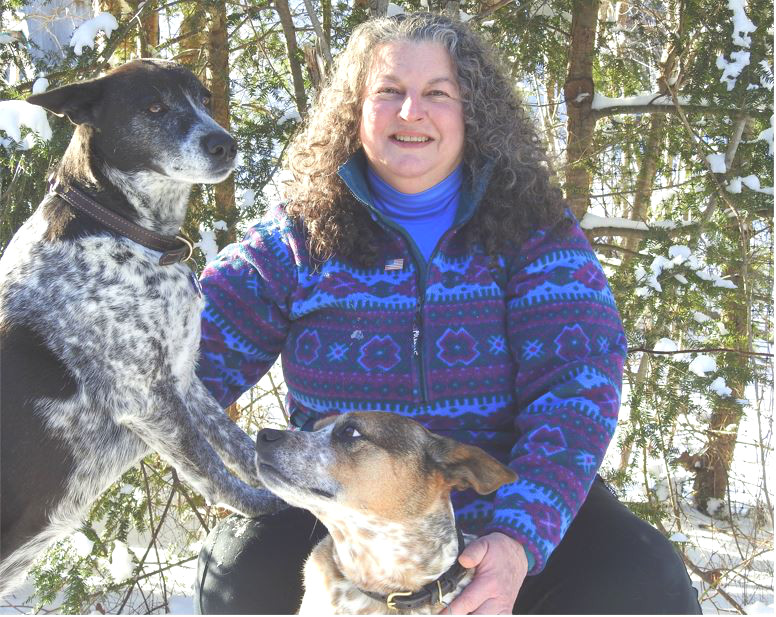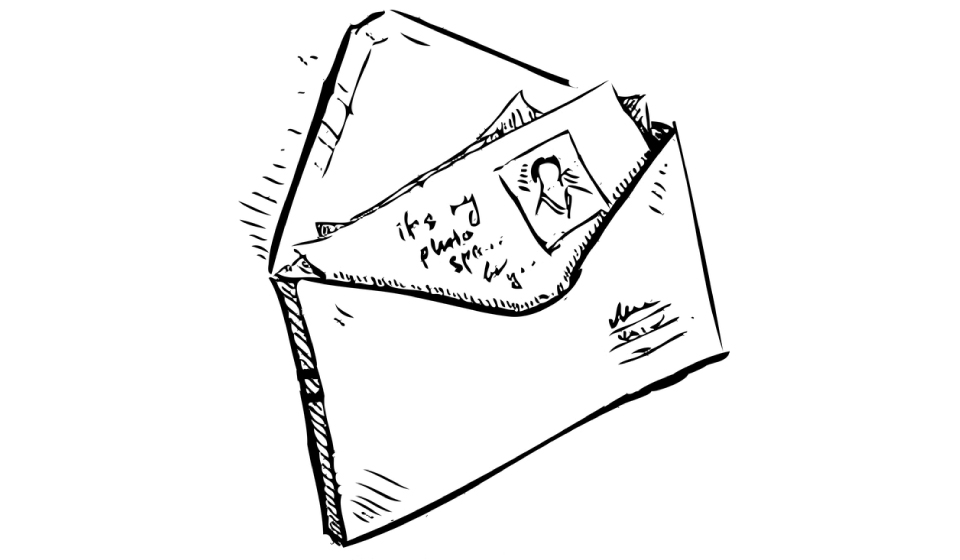By 2024, central Maine might have a new town named Alpawich, combining the present towns of Albion, Palermo, Windsor and China.
The new town would have an area of 179.41 square miles, Maine’s largest town by far. Its population will be less than Augusta’s or Waterville’s, however.
The impetus for combining the four towns came from Palermo, as a proposal to merge with China to form a town to be named Chipal. Palermo officials had two motives:
- The two towns share the village of Branch Mills, the West Branch of the Sheepscot River that runs through the village and Branch Pond north of the village (although China has only a small piece of the west shore); by contract, Palermo residents use China’s transfer station; combination into a single town government would simplify life; and
- China, coming well before Palermo in the alphabet, beats Palermo in all kinds of lists, from apple sales through grant applications to zoos (neither town has one).
Windsor selectmen then expressed interest. Windsor too shares the Sheepscot, and alphabetically is more disadvantaged than Palermo.
A tri-town Combo Committee formed in the fall considered the issue alphabetically and recommended talking with Albion town officials. When the response was positive, the proposed town became Albchipalwin.
Too long, the members of the now-quadri-town ComboComm said. They proposed, and all four towns’ select boards accepted, Alpawich.
“We don’t mind being on the end,” China’s town manager said. “After all, we’re the largest town, in both area and population. You’ve heard of the tail that wags the dog, right?”
A Palermo Select Board member replied, “Hey, no problem if China thinks they run the show. We’ve shared their transfer station for years without throwing garbage at each other.”
Rather than submit the proposed merger to town meetings on different dates, the ComboComm recommended a referendum vote on state primary election day, June 14, 2022. The ballot question in each town will ask voters to approve the concept of combining with the other three towns and to appropriate a soon-to-be-determined amount to let the ComboComm hire a merger consultant.
The members of the four select boards have agreed that a simple majority in each town will determine whether the town becomes part of Alpawich; and that a membership of two out of four will create the new town (with an appropriately adjusted name).
ComboComm members and the consultant will design the new local government, deciding how many select board members will run Alpawich; how departments will be combined; and how costs of new signs, stationery and similar essentials will be divided.
As the internet replaces in-person interaction, committee members envision a single, central municipal building. The site remains undetermined.
Alpawich Hall would have municipal offices in the center. The educational side wing would be the k-8 school, plus a public library, historical society quarters and a museum, if local organizations express interest in consolidating. So far, they have not.
The medical side wing would house a clinic, a pharmacy, a veterinarian and insurance offices. The rear wing would be home to Alpawich Public Works and the Alpawich Solid Waste Disposal Facility.
For now, the existing transfer stations in China and Windsor would serve Alpawich residents. Fire and rescue units would be left as they are, to avoid increasing response time.
Proponents cite many advantages of consolidation. Combined contracting – with town attorneys and auditors, for example — and purchasing should save money. Their combined road mileage should attract lower bids from paving companies.
Some members of each select board also anticipate a larger town having more clout with state regulators, like the Departments of Environmental Protection and Transportation, according to a source who wished to remain anonymous because they are not authorized to speak on the matter.
County commissioners in Kennebec and Waldo counties have no idea what to do if Alpawich becomes reality. Albion, China and Windsor are in Kennebec County; Palermo is in Waldo County.
“Mostly the county lines run with town lines, like through Branch Mills,” one Kennebec County commissioner said. “Don’t know’s I’ve heard of a town that was in two counties.”
School administrators see many potential complications in the proposed change. Albion is in School Administrative District #49, based in Fairfield; China is in Regional School Unit #18, based in Oakland; Palermo and Windsor are in Regional School Unit #12, based in Somerville.
The RSU #18 superintendent is the least upset. “If there’s no more China, then there’s no more China in RSU #18,” he said. “They’re the geographic outlier. Talk about dogs and tails – they’re a detached tail.”
Assuming voter approval, the legislature would need to create the new town. Legislatively, since redistricting, China, Palermo and Windsor are in House District #62 and Albion is in District #63. The four towns are in four different state senate districts. “So if our reps pay attention to their voters, that’s four proponents in each house right from the get-go,” a committee member observed.
Story continues below —
.
.
.
.
.
.
.
.
.
.
.
.
.
.
.
.
.
.
.
.
.
.
.
.
.
.
.
.
IF YOU BELIEVED THIS STORY, YOU ARE AN APRIL FOOL!
 by The Town Line staff
by The Town Line staff

 The following local students were named to the 2021 fall semester dean’s list at Simmons University, in Boston, Massachusetts. To qualify for dean’s list status, undergraduate students must obtain a grade point average of 3.5 or higher, based on 12 or more credit hours of work in classes using the letter grade system.
The following local students were named to the 2021 fall semester dean’s list at Simmons University, in Boston, Massachusetts. To qualify for dean’s list status, undergraduate students must obtain a grade point average of 3.5 or higher, based on 12 or more credit hours of work in classes using the letter grade system.
 To the editor:
To the editor:
